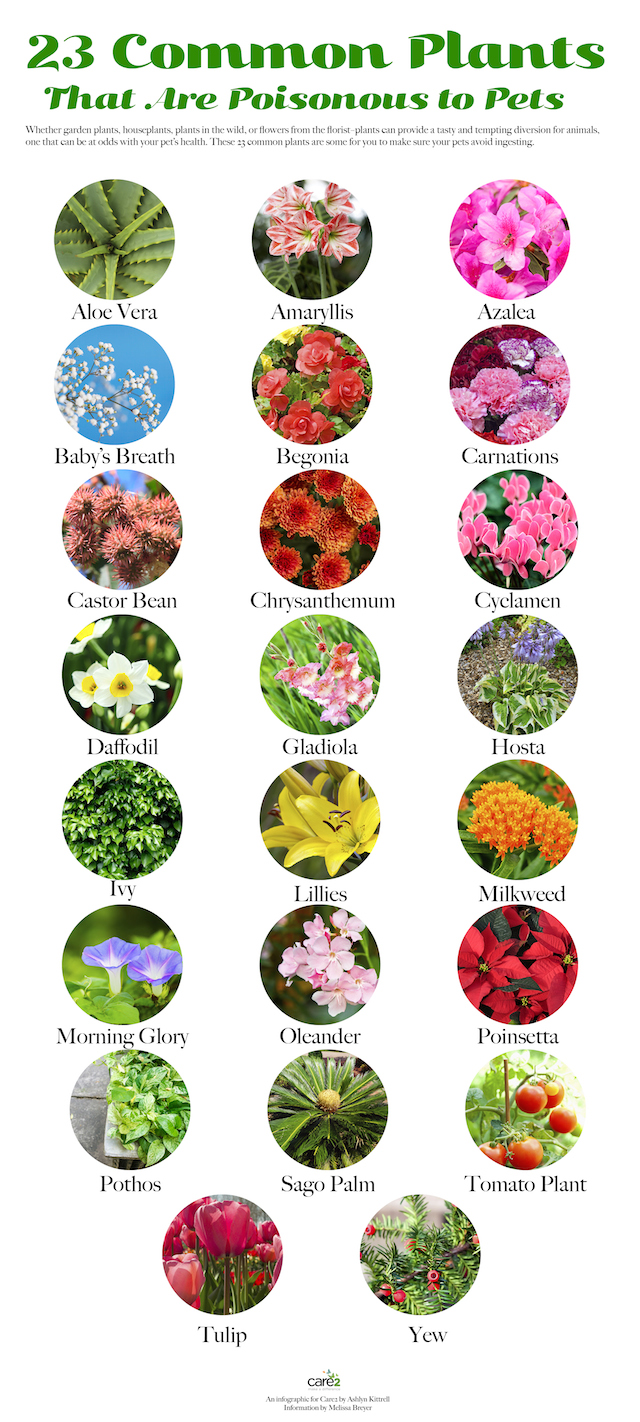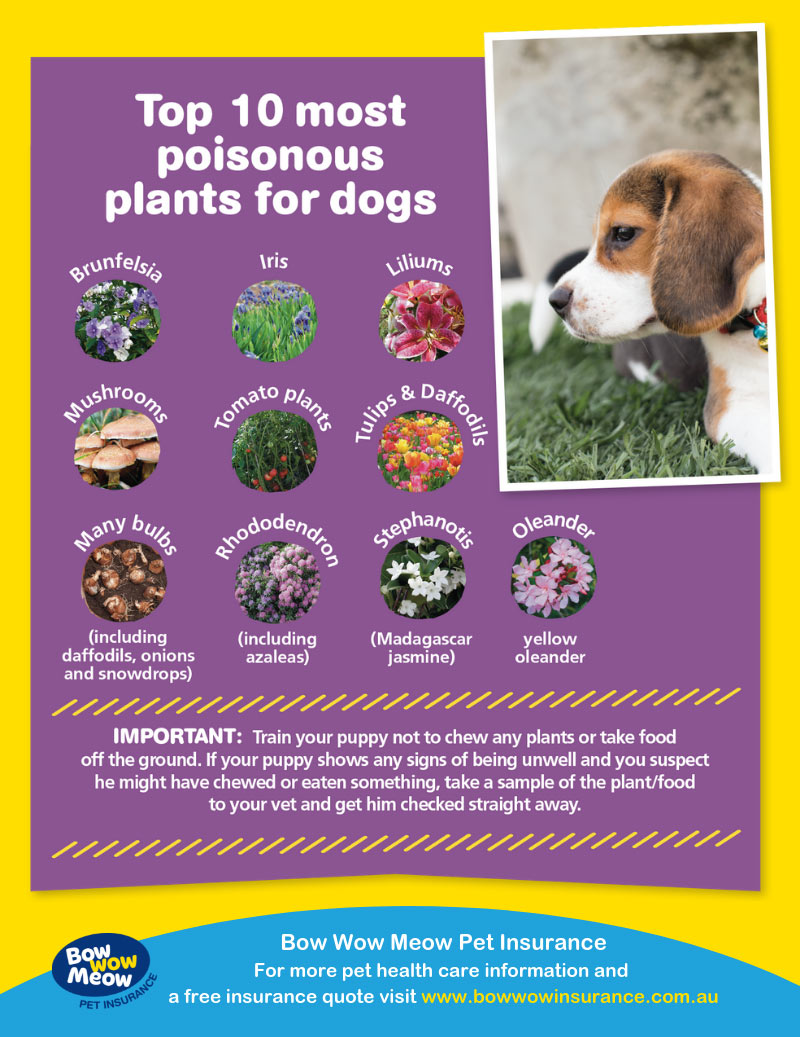Why Pet Owners Need to Be Aware of Toxic Plants
As a responsible dog owner, it’s crucial to be aware of the potential dangers lurking in your home and garden. One of the most significant threats to your dog’s health is the presence of toxic plants. Having a comprehensive list of toxic plants for dogs is essential, as even a small amount of ingestion can cause severe symptoms and even death. According to the American Society for the Prevention of Cruelty to Animals (ASPCA), over 700 plants have been identified as toxic to dogs. This staggering number highlights the importance of educating yourself on which plants are safe and which ones to avoid. By being informed, you can take proactive steps to prevent accidents and ensure your furry friend stays safe and healthy.
Common Toxic Plants Found in Homes and Gardens
Many plants commonly found in homes and gardens can be toxic to dogs. It’s essential to be aware of these plants to prevent accidental ingestion. Some of the most common toxic plants include Lily (Lilium spp.), Sago Palm (Cycas revoluta), Tulip (Tulipa spp.), Daffodil (Narcissus pseudonarcissus), and Azalea (Rhododendron spp.). These plants can cause a range of symptoms, from mild to severe, and can even be fatal if ingested in large quantities. Having a list of toxic plants for dogs can help you identify potential risks and take steps to prevent accidents. For example, if you have a Lily plant in your home, make sure to keep it out of reach of your dog, as even small amounts of the plant can cause severe kidney damage.
How to Identify Toxic Plants and Keep Your Dog Safe
Identifying toxic plants is crucial to keeping your dog safe. One way to do this is to familiarize yourself with the physical characteristics of common toxic plants. For example, the Sago Palm has a distinctive rounded shape and can grow up to 10 feet tall, while the Lily has trumpet-shaped flowers and long, narrow leaves. Having a list of toxic plants for dogs can help you recognize potential risks and take steps to prevent accidents. Additionally, it’s essential to keep toxic plants out of reach of your dog. This can be done by moving plants to high shelves or hanging them from the ceiling, and by blocking access to areas where toxic plants are present. By taking these precautions, you can significantly reduce the risk of your dog ingesting a toxic plant.
The Dangers of Ingestion: Symptoms and Treatment
If a dog ingests a toxic plant, it can lead to a range of symptoms, from mild to severe. Common symptoms of plant toxicity in dogs include vomiting, diarrhea, lethargy, and seizures. In severe cases, ingestion can cause kidney failure, liver damage, and even death. It’s essential to act quickly if you suspect your dog has ingested a toxic plant. If you have a list of toxic plants for dogs, you can quickly identify the potential risks and take action. The first step is to contact a veterinarian or a pet poison hotline for guidance. They may recommend inducing vomiting, administering activated charcoal, or providing supportive care to manage symptoms. In severe cases, hospitalization may be necessary to provide intensive treatment. By being aware of the dangers of ingestion and knowing what to do in case of an emergency, you can help keep your dog safe from the risks of toxic plants.
Safe Alternatives for Pet-Friendly Gardens
While it’s essential to be aware of toxic plants, it’s also important to know that there are many safe and non-toxic alternatives that can be used in gardens and homes. By choosing pet-friendly plants, you can create a beautiful and safe environment for your dog. Some examples of safe plants include Basil, Mint, and Parsley, which are not only non-toxic but also add flavor and fragrance to your garden. Other options include Sunflowers, Daisies, and Gerbera daisies, which are all safe for dogs and can add color and beauty to your outdoor space. When creating a pet-friendly garden, it’s essential to research and choose plants that are safe for your dog. Having a list of toxic plants for dogs can help you identify potential risks and make informed choices. By choosing safe alternatives, you can create a haven for your dog to play and explore without worrying about the risks of toxic plants.
Preventing Accidents: Tips for Pet Owners
Preventing accidents is crucial to keeping your dog safe from toxic plants. One of the most effective ways to prevent accidents is to supervise your dog at all times, especially when they’re in areas where toxic plants are present. Keep an eye on your dog’s behavior and intervene immediately if you see them showing interest in a plant. Another important step is to keep toxic plants out of reach of your dog. This can be achieved by moving plants to high shelves or hanging them from the ceiling. Additionally, be aware of potential risks and take steps to mitigate them. For example, if you have a list of toxic plants for dogs, you can identify potential risks and take action to prevent accidents. Other tips include keeping your dog on a leash when walking in areas where toxic plants are present, and being cautious when introducing new plants to your home or garden. By taking these precautions, you can significantly reduce the risk of your dog ingesting a toxic plant.
What to Do in an Emergency: A Step-by-Step Guide
In the event of an emergency, it’s crucial to act quickly and decisively to ensure your dog’s safety. If you suspect your dog has ingested a toxic plant, follow these steps to minimize the risk of serious harm. First, contact your veterinarian or a pet poison hotline immediately. They can provide guidance on the best course of action and help you identify the toxic plant. If possible, have a list of toxic plants for dogs handy to help identify the plant. Next, induce vomiting if advised to do so by a veterinarian or pet poison expert. This can help remove the toxic substance from your dog’s system. Administer activated charcoal to help absorb the toxin and reduce its absorption into the bloodstream. Finally, monitor your dog’s behavior and health closely, and seek immediate veterinary attention if you notice any signs of illness or distress. Remember, prompt action is key in preventing serious harm or even death from plant toxicity. By being prepared and knowing what to do in an emergency, you can help keep your dog safe from the dangers of toxic plants.
Conclusion: Keeping Your Dog Safe from Toxic Plants
In conclusion, it is essential for pet owners to be aware of the potential risks posed by toxic plants to their dogs’ health. By familiarizing themselves with the common toxic plants found in homes and gardens, and taking steps to prevent accidents, pet owners can significantly reduce the risk of plant toxicity. Remember, having a list of toxic plants for dogs can be a valuable resource in identifying potential risks and taking action to prevent accidents. It is also crucial to know what to do in case of an emergency, including contacting a veterinarian, inducing vomiting, and administering activated charcoal. By being proactive and taking responsibility for their dog’s safety, pet owners can help prevent the devastating consequences of plant toxicity. With the right knowledge and precautions, pet owners can create a safe and healthy environment for their furry friends to thrive.







